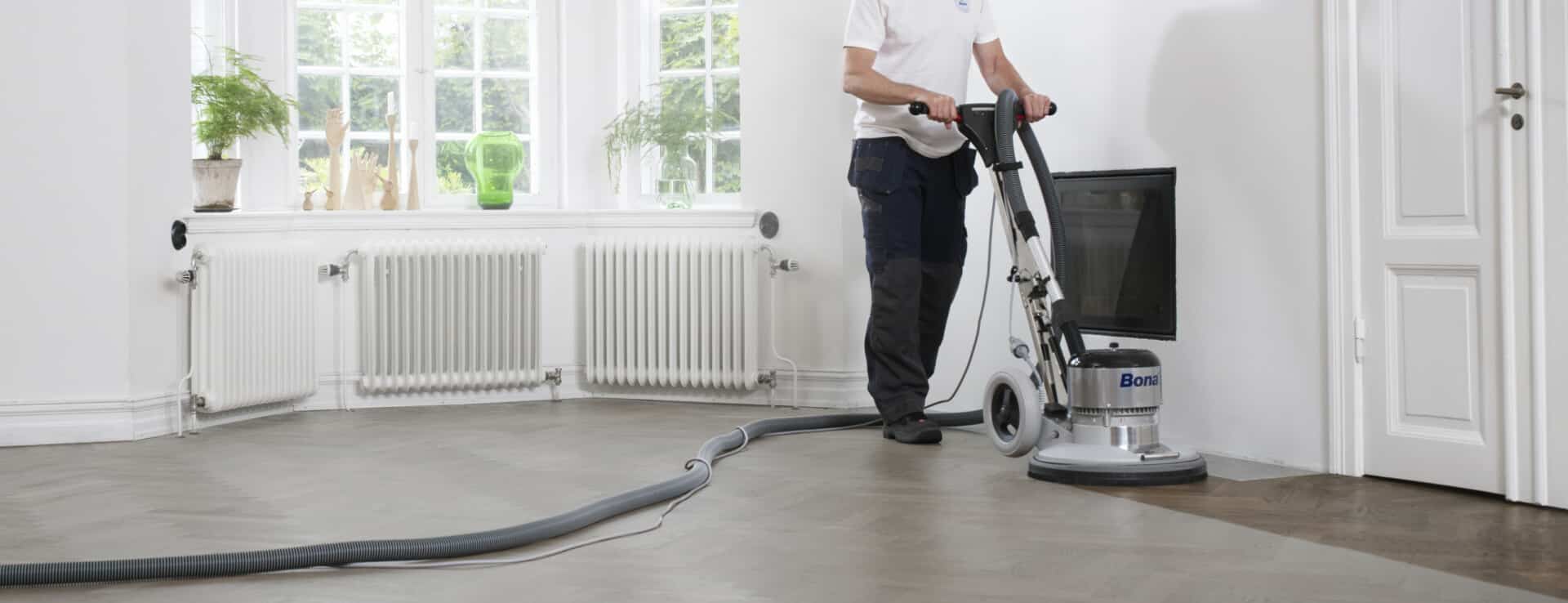
Moving to a new home can be an exciting yet overwhelming experience. Amid the packing and planning, it’s essential to ensure that everyone who needs to know about your move is notified of your new address. This step is crucial to ensure you continue receiving important mail, avoid service disruptions, and maintain updated records.
To make your transition smoother, we’ve compiled a comprehensive checklist of who to notify when you move. Follow these steps to ensure nothing is overlooked during this critical process.
Why It’s Important to Notify the Right People
Failing to update your address can lead to a host of problems, such as:
- Missing important bills, tax documents, or packages.
- Delays in service transfers or cancellations.
- Potential identity theft if sensitive information falls into the wrong hands.
Using tools like an address checker can help you validate and update your new address across multiple platforms quickly and accurately.
Checklist of Who to Notify
1. The Postal Service
The first step in updating your address is filing a change of address with the postal service. This ensures your mail is forwarded to your new address, giving you time to notify other entities of your move.
Canada Post offers an online mail forwarding service that allows you to redirect mail for up to 12 months. This is especially helpful for preventing missed mail during the transition period.
2. Government Agencies
It’s crucial to inform various government agencies about your move to avoid disruptions in services and ensure compliance with legal requirements. These may include:
- Driver’s License and Vehicle Registration: Visit your provincial motor vehicle agency to update your details.
- Canada Revenue Agency (CRA): Update your address to ensure you receive tax-related correspondence.
- Health Card: Notify your provincial or territorial health department to update your health card information.
- Elections Canada: Update your voter registration to reflect your new constituency.
3. Financial Institutions
Ensure that your bank, credit card companies, and investment firms have your new address on file. This ensures uninterrupted access to statements, checks, and other financial communications.
4. Utilities and Service Providers
Notify all utility companies about your move, including:
- Electricity and gas providers.
- Water and sewage services.
- Internet, cable, and phone companies.
If you’re transferring services, arrange for disconnection at your old address and reconnection at your new one.
5. Subscription Services
If you have magazine subscriptions, streaming services, or meal delivery kits, update your address with these providers. Missing deliveries can be frustrating, and ensuring continuity will save you time and hassle.
6. Employers and Educational Institutions
Let your employer know about your new address so they can update their records and send pay stubs or tax documents to the correct location.
If you or your children are enrolled in school, notify the institution and provide proof of residency if required.
7. Insurance Providers
Your home, auto, health, and life insurance providers need to know about your move. A change of address may affect your coverage, especially for auto and home insurance policies.
Contact your agents to update your details and confirm if any changes to your policy or rates are required.
8. Friends and Family
Although this seems obvious, it’s easy to forget! Informing friends and family ensures they have your new address for correspondence, gifts, and visits.
Tools to Simplify Address Updates
Updating your address across multiple entities can be tedious. Fortunately, there are tools like address checker that help you validate and standardize your address details. These services ensure your address is updated accurately, reducing the risk of lost mail or errors.
Common Mistakes to Avoid
1. Waiting Until the Last Minute
Notify relevant parties well in advance of your move to avoid lapses in service or missed mail.
2. Forgetting Subscriptions and Memberships
It’s easy to overlook services like gym memberships or loyalty programs. Add them to your checklist to stay on top of things.
3. Relying Solely on Mail Forwarding
While mail forwarding is a temporary solution, it’s not foolproof. Make sure to notify each entity directly.
How to Prioritize Your Notifications
With so many organizations to inform, it can be challenging to know where to start. Here’s a suggested timeline:
- Before You Move: Notify the postal service, utilities, and government agencies.
- On Moving Day: Double-check that mail forwarding is in place and utilities are set up at your new home.
- After You Move: Update subscriptions, memberships, and any remaining entities.
Final Thoughts
Moving is a complex process, but staying organized can make it manageable. By using tools like an address checker and filing a change of address with the postal service, you can ensure your move is as seamless as possible.
Take the time to notify everyone on this checklist, and you’ll avoid headaches down the road. A smooth transition to your new home starts with proper planning and attention to detail. Happy moving!
Read more on WCCO






